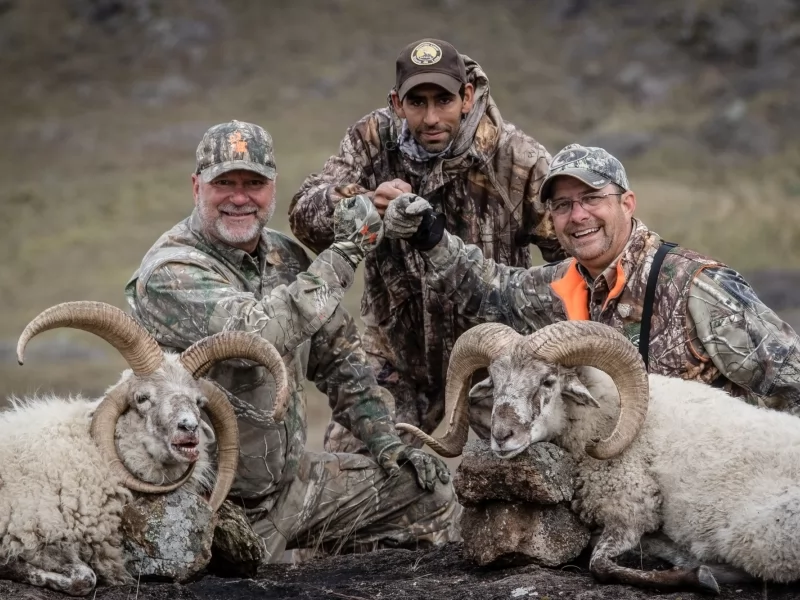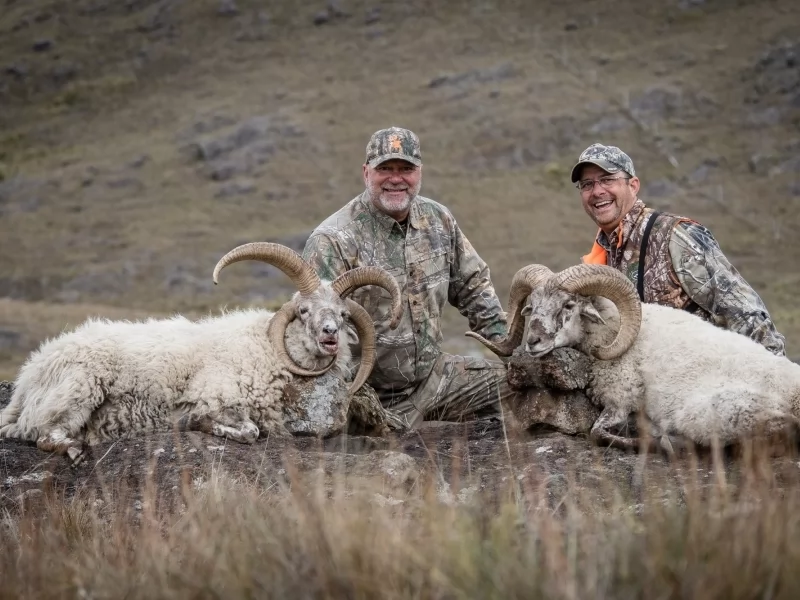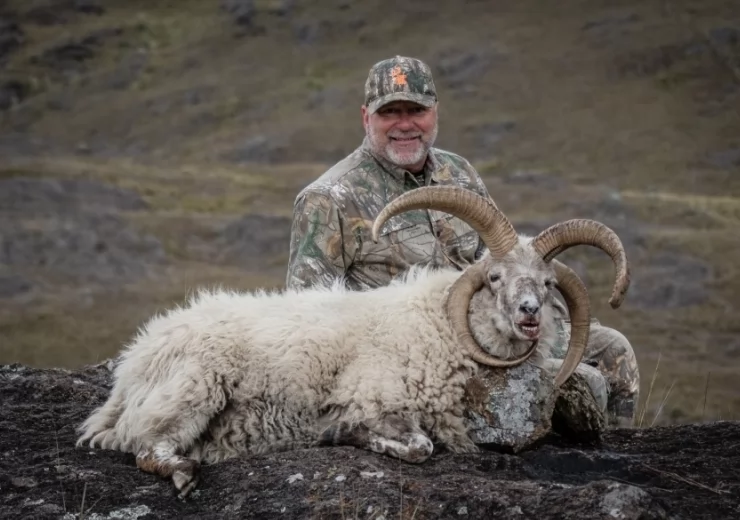INTRODUCTION
This is a domestic sheep in which the male normally has four horns, though sometimes as many as five or six. Also known as Jacob sheep, this is a rare breed of small, piebald (colored with white spots), polycerate (multi-horned) sheep. The most common color is black and white. Jacobs are usually raised for their wool, meat, and hides. They are also kept as pets and ornamental animals, and have been used as guard animals to protect farm property from theft or vandalism and defend other livestock against predators.
Generally referred to as an unimproved or heirloom breed (one that has survived with little human selection), the Jacob is descended from an ancient Old World breed of sheep, although its exact origins remain unclear. Spotted polycerate sheep were documented in England by the mid–17th century, and were widespread a century later. Unlike most other old world breeds, the Jacobs of North America have not undergone extensive cross breeding and selective breeding; their body habitus resembles that of a goat. Relative to their American counterparts, British Jacobs tend to be larger and heavier, and have lost many of their original characteristics through artificial selection.
The Hunting
ABOUT THEIR HORNS
The most distinguishing features of the Jacob are their four horns, although they may have as few as two or as many as six. Both sexes are always horned, and the rams tend to have larger and more impressive horns. Two-horned rams typically have horizontal double-curled horns. Four-horned rams have two vertical center horns which may be 61 cm (2 ft) or more in length, and two smaller side horns, which grow down along the sides of the head. The horns on the ewe are smaller in diameter, shorter in length and appear more delicate than those of the ram. British Jacobs most often have two horns, while American Jacobs are more often polycerate. Polled (hornless) sheep are not registrable, since this trait is considered an indication of past cross-breeding, and as such there is no such thing as a polled purebred Jacob.
The horns are normally black, but may be black and white striped; white horns are undesirable. Ideally, horns are smooth and balanced, strongly attached to the skull, and grow in a way that does not impede the animal's sight or grazing abilities. Rams have larger horns than ewes. The horns in two-horned sheep, and the lower horns in four-horned animals, grow in a spiral shape. The rostral set of horns usually extend upwards and outwards, while the caudal set of horns curls downwards along the side of the head and neck. On polycerate animals it is preferred that there is a fleshy gap between the two pairs of horns. Partial or deformed horns that are not firmly attached to the skull, often referred to as "scurs", are not unusual but are considered undesirable.
The multi-horned trait is genetically linked to a condition known as split eyelid. In mild cases the eyelid shows a "peak" but does not impair vision or cause discomfort. Extreme cases (Grade 3 or higher) result in a complete separation of the upper eyelid in the middle, and these sheep should not be used for breeding.



